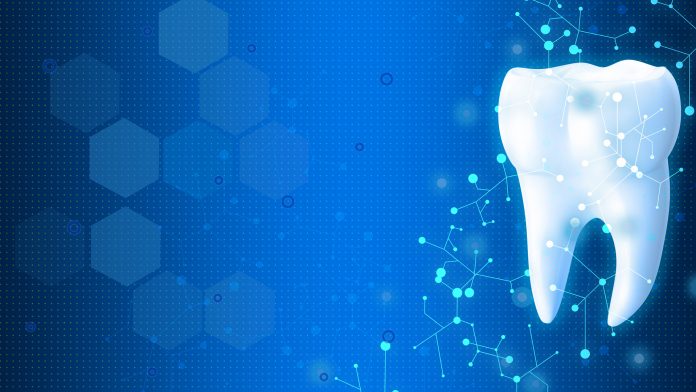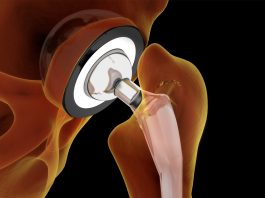A team of researchers have successfully developed a new model for locating mandibular canals, reducing the likelihood of nerve damage in dental implant operations.
Researchers at the Finnish Center for Artificial Intelligence (FCAI), Tampere University Hospital, Planmeca and the Alan Turing Institute have designed a new model that accurately and automatically shows the exact location of the mandibular canal for dental implant operations.
Medical experts use X-ray and computer tomography (CT) models to detect the complex structure of the lower jaw. This method is thought to be laborious and time-consuming.
Why is it important to locate the mandibular canal?
Dentists must know the exact location of the mandibular canal in order to plan a dental implant operation. The mandibular canal is in both sides of the lower jaw, containing the alveolar nerve.
Damage to the alveolar nerve can cause the patient to suffer a tickling or burning skin sensation known as paraesthesia. Additional lesions to the inferior alveolar nerve may cause pain and alterations in the patient’s sensitivity.
How did researchers improve upon previous models?
Researchers have based the model on training and deep neural networks. The model was trained by using a dataset consisting of 3D cone beam CT (CBCT) scans. Researchers utilised a fully convolutional architecture, which makes the model as fast and data-efficient as possible.
In a journal article, published in Nature, researchers commented: ‘In this study, we show that a fully convolutional deep neural network can accurately segment the mandibular canal from volumetric CBCT scans and outperform the previously presented SSM (statistical shape models) approaches’.
What are the benefits of using AI in dentistry?
Based on the research results, this type of a deep learning model can localise the mandibular canals highly accurately. It surpasses the statistical shape models, which, until now, have been the best, automated method to localise the mandibular canals.
“In more complex cases, one may need to adjust the estimate, so we are not yet talking about a fully stand-alone system”, says Joel Jaskari, Doctoral Candidate and the first author of the research paper.
Artificial Intelligence has an additional advantage, the machine performs the job equally fast and accurately every time. Professor Kimmo Kaski said: “The aim of this research work is not, however, to replace radiologists but to make their job faster and more efficient so that they will have time to focus on the most complex cases”.










Very fantastic article, Im also working on Patient specific AI Implant design. looking for some articles and researchers.
Hi Afaque,
Thank you for your feedback, it is greatly appreciated.
Warm regards,
Caitlin Magee
Digital Editor
Innovation News Network